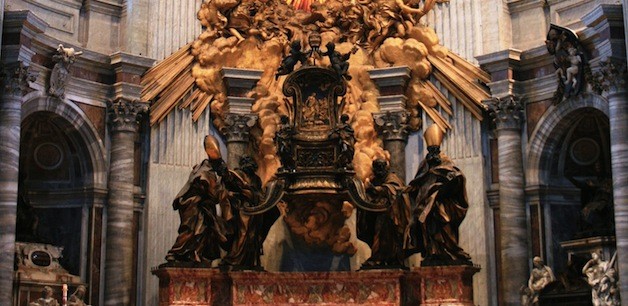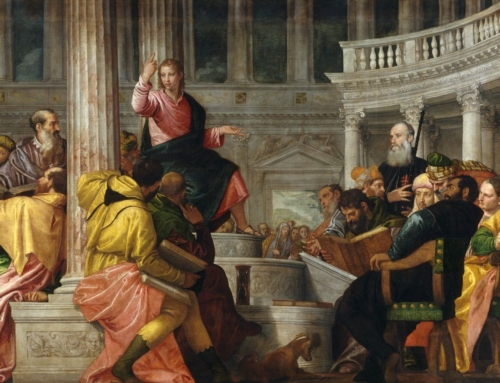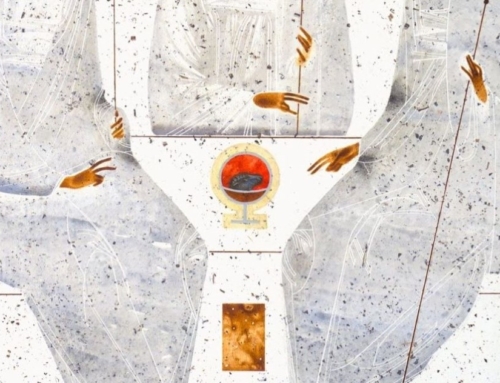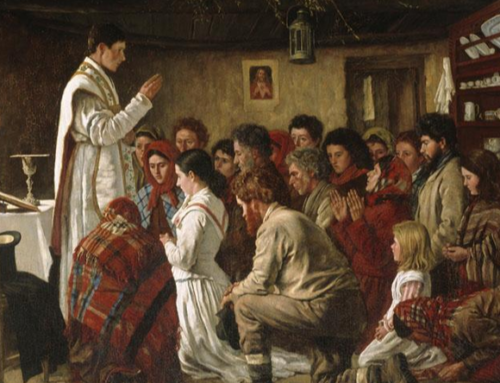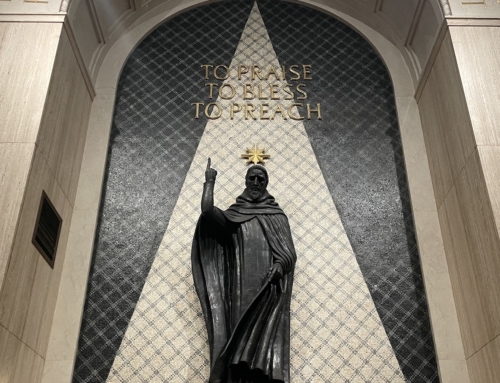“Something strange is happening—there is a great silence on earth today, a great silence and stillness.” With these words from an ancient homily, the Church commemorates the strange silence of Holy Saturday each year at the Office of Readings and articulates the mixed emotions that greet each Christian: the Lord is in the tomb, which fills us with sorrow, and yet we are full of hope that He will soon arise. Our trust in his Resurrection assures us that, after our own death, he will repeat with new meaning his invitation to the disciples at the Last Supper: “Arise, let us be on our way” (Jn 14:31). But for now, just as we have to endure the trials of this present life, so too we must liturgically and emotionally contend with the absence of Christ, buried in the tomb.
It is with somewhat analogous emotions that we enter into this period of the vacancy of the See of Peter after the resignation of Pope Benedict XVI. We have no doubt of the continued guidance of the Holy Spirit as the Cardinals of the Holy Roman Church prepare to gather to elect a new Pontiff, and yet we feel a sense of loss and absence that is complicated by the novelty of the situation in which we find ourselves. We mourn the absence of our Papa, who has become for so many of us a true father figure in our formation as Christians, and yet we know that we will soon have a new Holy Father who will continue the great work of governing the Church. In the meantime, we wait in hope, praying for Benedict as well as his successor.
One practical difference that this period of sede vacante will make is that during the Eucharist we will hear no mention of the Holy Father during the Eucharistic prayer—we will only hear the name of our local bishop. This provides an occasion to reflect on what it means that the Holy Father’s name is mentioned at all in the Mass. Why do we bring the names of individuals into the liturgy, whether they be the pope or the local bishop?
One profound reflection on the meaning of this practice was articulated by Cardinal Ratzinger in a reflection delivered in 1978:
There is only one Christ. … Because he is one, we can only receive him in unity. If we were ever opposed to unity, we would be unable to meet with him. For that reason, every celebration of the Eucharist has the structure we find in the Communicantes, that of communion not only with the Lord but also with creation and with men of all places and all times. This, too, is something we ought to take to heart anew, that we cannot have communion with the Lord if we are not in communion with each other; that when we go to meet him in the Mass, we necessarily go to meet each other, to be one with each other. Therefore the mentioning of the bishop and the pope by name, in the celebration of the Eucharist, is not merely an external matter, but an inner necessity of that celebration. For the celebration of the Eucharist is not just a meeting of heaven and earth; rather, it is also a meeting of the Church then and now and a meeting of the Church here and there; it assumes that we visibly enter into a visible unity, one that can be described. The names of the bishop and the pope stand for the fact that we are truly celebrating the one Eucharist of Jesus Christ, which we can receive only in the one Church.”
Until the election of a new pontiff, each Mass we attend will be an opportunity to reflect on how the liturgy is an expression of the unity of the Church and how through this sacrament of unity the communion of the Church is built up. Let us pray for our next Holy Father, that he be filled with the grace of God to effectively carry out his task of strengthening the brethren and building up the unity of the one Church in the one Christ.
✠
Image: Gian Lorenzo Bernini, The Chair of St. Peter (1647-53), St. Peter’s Basilica, Vatican City.

